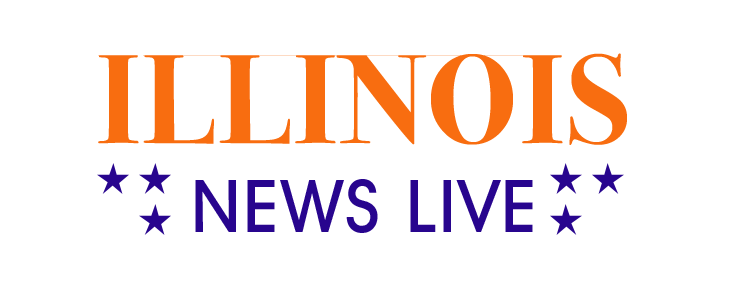Triple net lease and properties for sale Instead of Bonds
After inflation and taxes, bonds have an actual negative yield.
Sadly, the stock market has also set new highs and lows.
But there are still methods to generate 6%+ yields. Here are our top ideas.
Are we looking for a similar portfolio of ideas? No one else has access to our model portfolio.
Many research shows that investors fear retiring. Not only is it difficult to advance. Even if you’ve made it, income-producing assets are scarcer than ever.
Interest rates are barely above 1%, and high valuations have reduced several popular income stocks’ dividends.
Are bonds the answer? No way. Bonds have been a staple of many retirees’ portfolios for many years.
For example, the “100-minus-age” portfolio rule urges investors to deduct their age from 100 and invest the difference in stocks and bonds. So a 70-year-old man’s portfolio would be 70% bonds and 30% stocks.
Portfolio
The issue is that there is no motive for investors to buy bonds now.
Bond yields ensure a loss of buying power due to inflation and taxes. That’s for current inflation and taxes. Both of these pressures may grow shortly.
3.03% is roughly double the S& P 500 yield. This may sound good at first.
Preferred Stock
I find few investors aware of preferred shares. These investment instruments combine the advantages of both stocks and bonds.
They are liquid-like conventional stocks and have no maturity date. But, like bonds, they have a fixed yield paid before the dividend. Preferred shares have a predetermined par value if called back.
Also, because preferred shares are owned mainly by regular investors, there is often a pricing mismatch that knowledgeable investors can exploit. Although we seek a high yield, many investors are lured by the yield and ignore the share’s fundamentals.
We at High Yield Investor seek a few things in this asset class:
- Non-convertible preferred shares unless preferred shareholders benefit.
- Strongly covered preferred shares backed by hard assets.
- Preferred stock with upside participation, etc.
- Discounted preferred shares with capital gains potential.
- Cumulative preferred shares (missing payments aren’t cancelled).
We favour Farmland Partners’ preferred equity (FPI.PB). Shareholders can participate in the appreciation of the underlying farmland.
So the par value rises while investors lock in a 5.5%+ yield. Without a call before October 2024, its yield climbs to 10%. You receive upside potential, a stable yield, and inflation protection.
6.8% dividend yield The preferred is backed by a comprehensive portfolio of high-end hotels, and the insiders possess millions in joint ownership.
NET Lease REITs
Another alternative is REITs (Real Estate Investment Trusts) (VNQ). These publicly traded corporations generate cash flow through their real estate investments. Many REITs pay high returns and operate in stable markets.
But certain REITs carry more risk.
We advise retirees to invest in “net lease REITs.” These REITs own properties that are leased to high-end commercial tenants like:
CVS (CVS) and Walgreens (WBA)
McDonald’s (MCD) and Taco Bell (YUM)
7/11 and Dollar Tree (DLTR)
Triple net lease for sale generate consistent cash flow for landlords and consequently for shareholders.
Their rent coverage is often 2-3x rent, so even a black swan occurrence is covered. Tenants are also recession-proof. The real kicker is that tenants are responsible for all maintenance costs, reducing overhead and increasing cash flow.
This gives investors predictable income bonds while also protecting them from inflation. REITs often possess thousands of triple net properties for sale in several sectors, giving them a diverse portfolio.
REITs like:
Carey, W.P. (WPC)
Realty Profit (O)
NRL (NNN)
Their dividends have grown for decades, even though the epidemic and the 2008 real estate crisis. These companies still trade below their pre-pandemic highs and yield over 5%.
Crowd funding and Lending
Finally, there are crowd sourcing platforms. Crowd funding allows investors to pool their funds for private market investments. This exposes you to personal loans, real estate, and even enterprises.
Fundraise, for example, specializes in private real estate deals:
We prefer REITs to these platforms. REITs offer superior liquidity, more substantial management-shareholder alignment, and superior income. There are long waiting periods or fees to liquidate your equity on several crowd funding platforms.
But if you want to replace a bond, we favour specific crowd lending solutions. Some offer 8%-12% returns on short-term real estate-backed loans. These loans have low LTVs and yield well above the bond market. These short-term loans also help with liquidity concerns, as you usually get your money back in 6-12 months.
In brief, even in a yield less market with actual negative returns on bonds, there are plenty of options for retirees and income investors.
Alternative investments such as crowd funds and net lease REITs can help safeguard against inflation.


